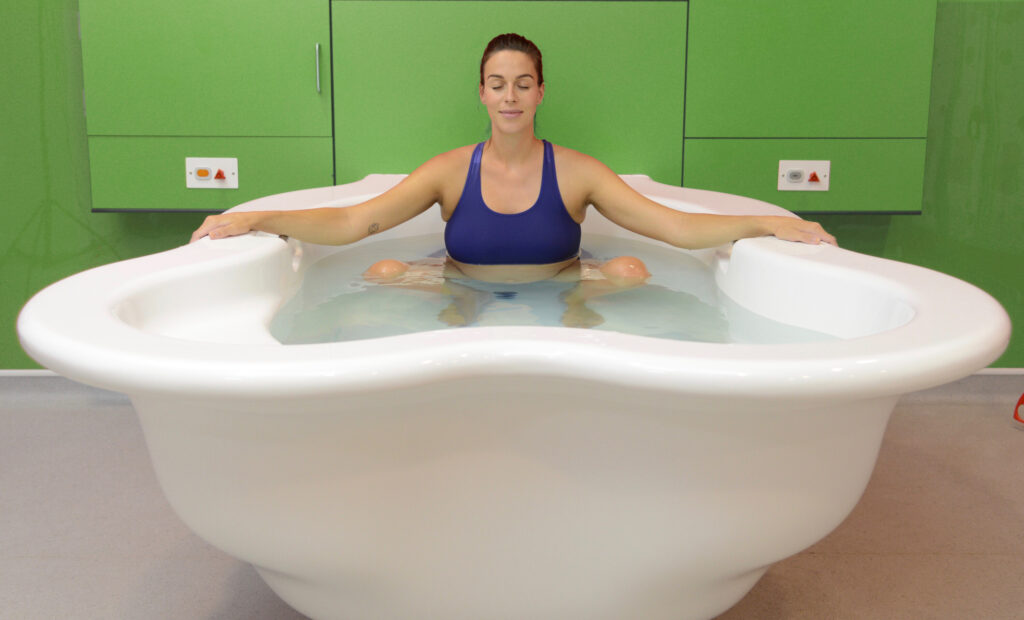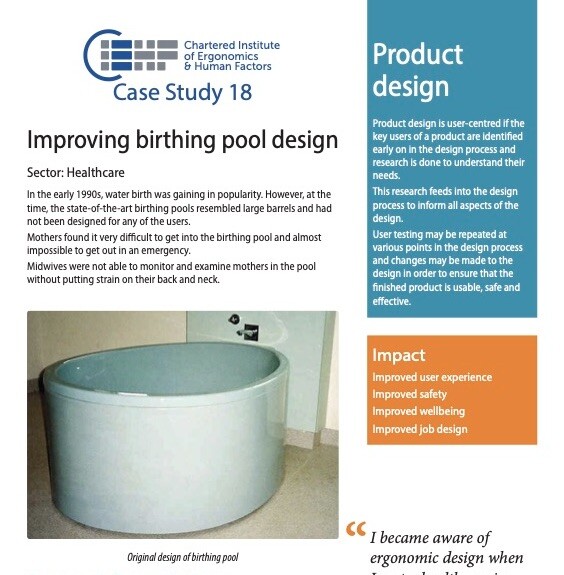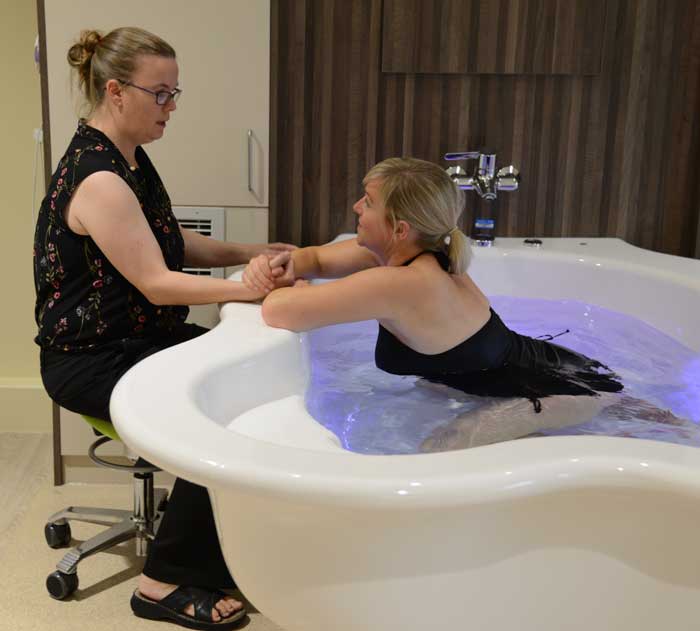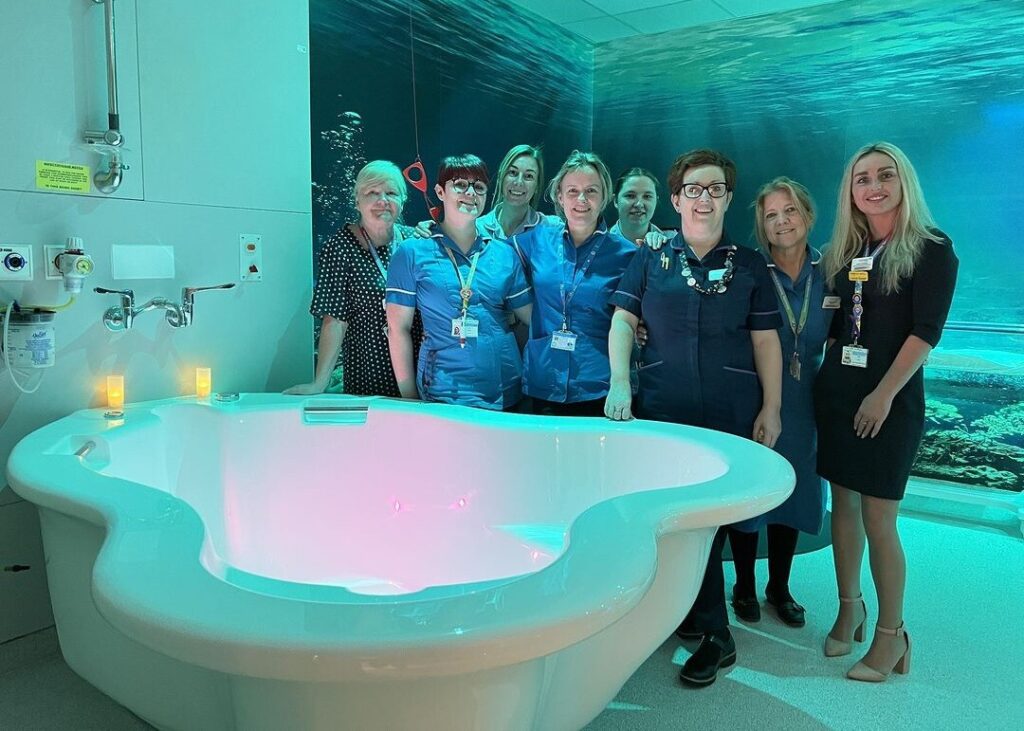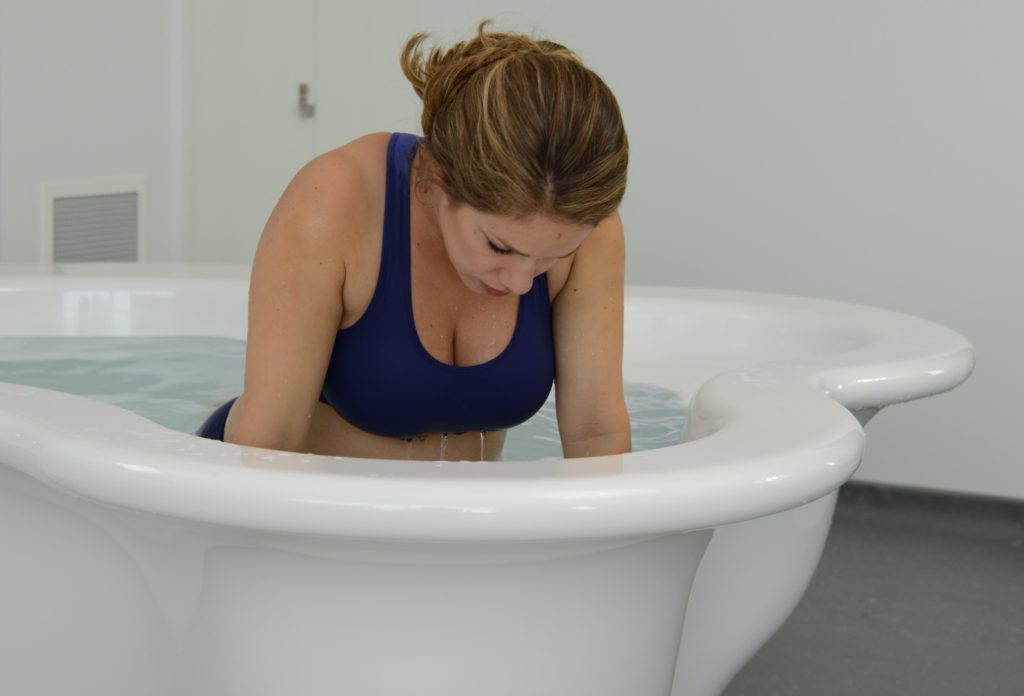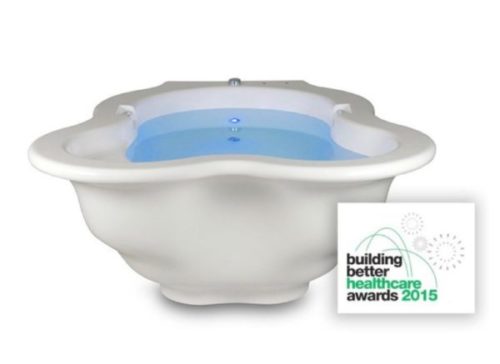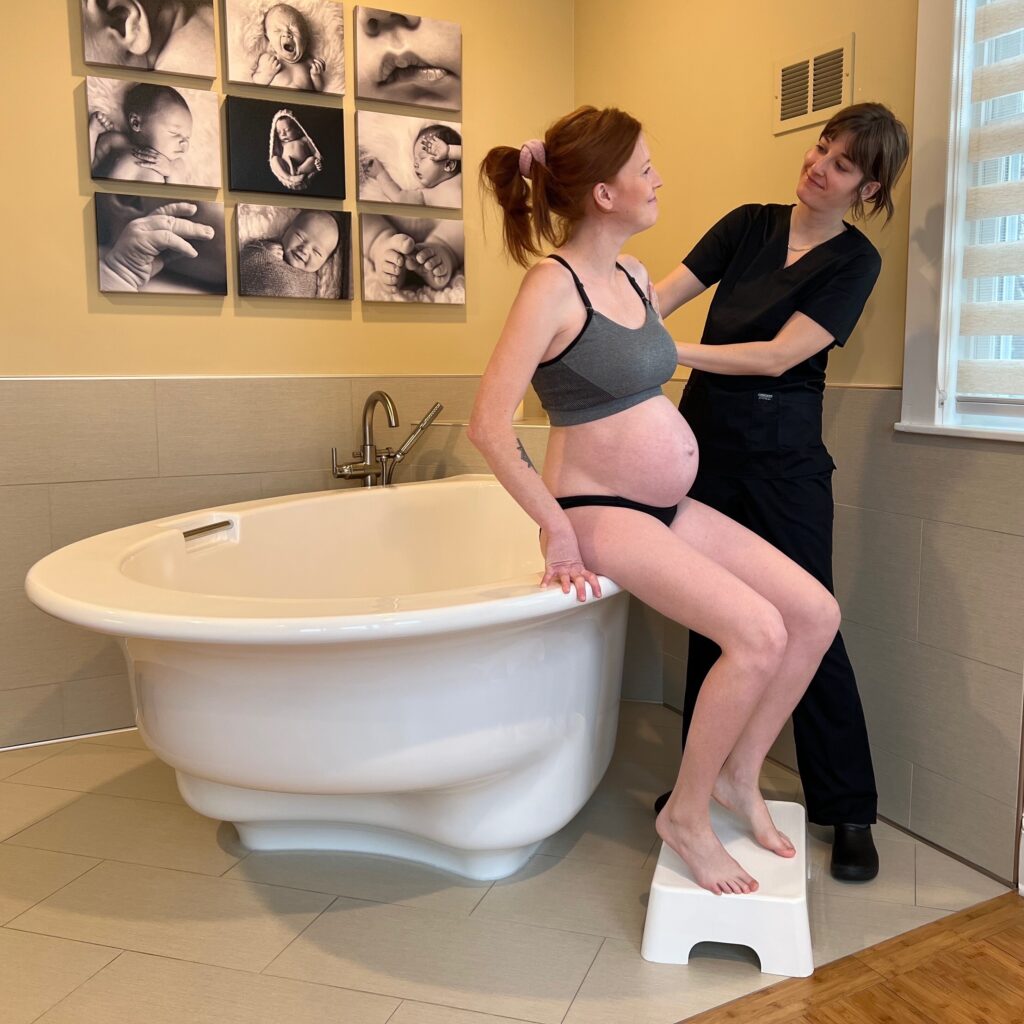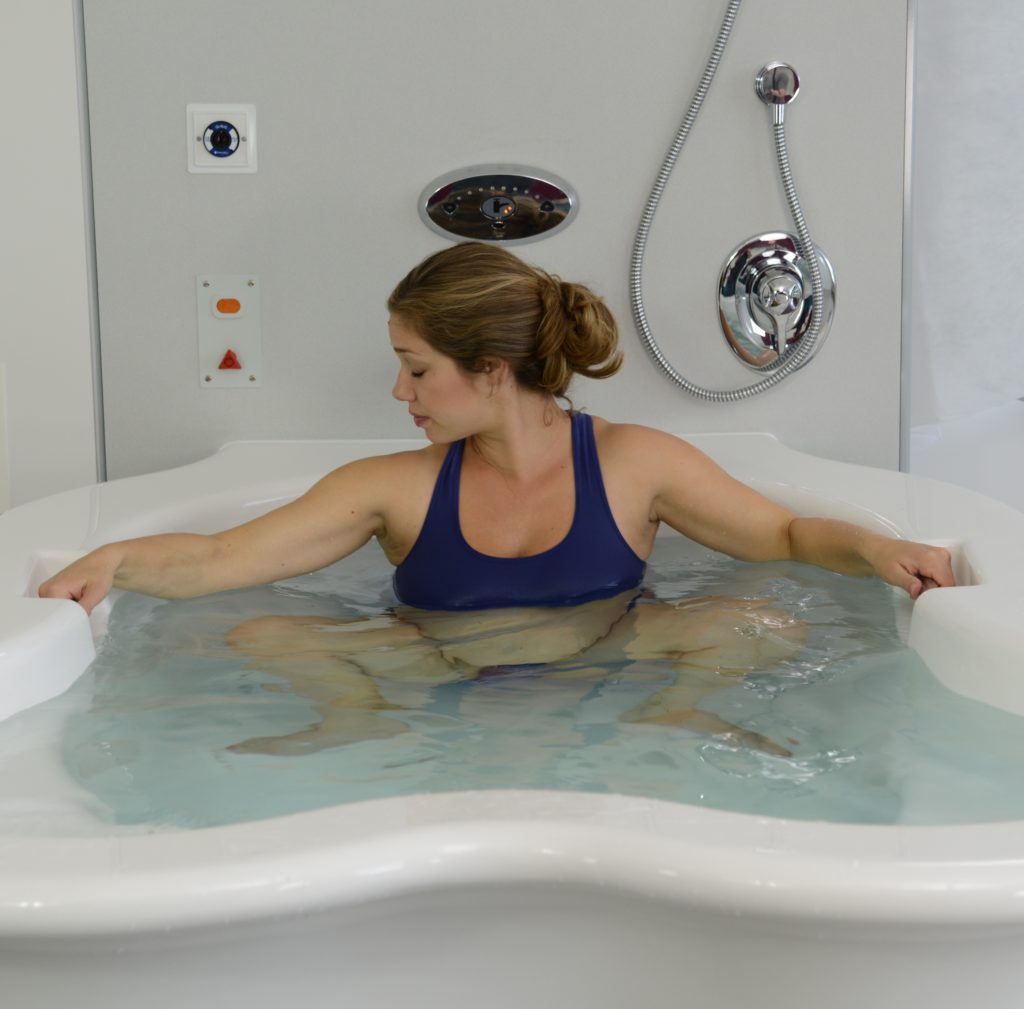Water births are largely considered safe — but are there potential microbiological risks? And what are the best recommendations to eliminate any possible dangers?
Dr Jimmy Walker clarifies some of the advice outlined in an upcoming ‘back to basics’ book* aimed at training and education on the potential microbiological risks from water in healthcare facilities.
Water births have long been considered a safe way of giving birth for women who are not expected to have complex deliveries, with the literature backing up this record to show that rates of neonatal infections are no greater in water births than conventional bed births.1,2,3,4
However, this doesn’t mean there are no risks at all. Rare instances of adverse events have occurred, including microbial neonatal infections caused by a range of organisms that have included Legionella, the cause of Legionnaires’ disease, and Pseudomonas aeruginosa — although these have largely been related to home births.
There are several routes for potential contamination of water during a water birth:
Water supply
If either of the above organisms were found in a pool, this would indicate either contamination in the water system or at the tap outlet. If only a tap outlet were colonised, the contamination may be diluted to negligible levels in the pool once that tap is run. However, running a tap when there is biofilm build-up, either in the last two metres or further back in the system, would continue to release microorganisms leading to microbial concentrations in the pool water that could lead to infections.
This is a highly unlikely scenario that would only occur if water maintenance has been neglected enough to allow conditions for microbial growth to develop: for example where pipes have not been lagged properly causing the hot water to become cooler and the cold pipe to become warmer, creating ideal temperatures to enable growth of Legionella bacteria, for example.
Bodily fluids, birthing ‘debris’ and maternal contamination
As part of the birth process, water in birthing pools will inevitably be contaminated by bodily fluids and ‘debris’, such as placenta, some of which will be caught in strainers. Pool water can also be contaminated by faecal matter and any P. aeruginosa the mother may be carrying (P. aeruginosa can occur naturally on the skin of healthy individuals), although newborns are unlikely to be at risk from maternal ‘flora’.
A clear protocol is essential for drainage of the pool, cleaning and also disinfection to remove this contamination. All accessories must also be cleaned and thoroughly disinfected — or be single use.
If contamination is not properly dealt with, then any remaining residues will encourage microbial growth that could lead to potentially dangerous contamination of the next user’s water.
Drains
The role of drains as a source of healthcare associated infections (HAIs) and potential reservoirs of antibiotic resistant organisms is now being regularly documented, with carbapenem-resistant Enterobacteriaceae (CREs) a particular concern.
Single use plugs and strainers are now most commonly used, with a large access valve for nurses and midwives to retain water in the bath. However, because birthing pools are usually located at floor level, the gradient of the drainage pipework may not be sufficient to remove the material caught in the drain. Although such an event has not yet been reported, this creates the potential for biofilmbuild-up over time, to a level that may be difficult for disinfectants to penetrate and possible contamination of the pool as soon as it is filled.
Birthing pool design
Birthing pools could be improved to prevent this backflow scenario from the drain, with designs that ensure efficient drainage of contaminating material and valves and drains that are easy to disinfect.
There are also examples of birthing pools where the pool is filled via a wall tap that enters the pool at a level where the water could flow back into the tap. This again has the potential for back contamination of the tap, with bacterial colonisation reaching even further back into the system in contravention of the water fitting directive.
Birthing pools should be designed with taps that are well above the pool’s edge and which are fitted with suitable backflow protection.
Some birthing pools also have an associated showerhead for cleaning the pool after use. However, this is also inadvisable as the flexible hose and shower head may become contaminated when they are suspended in the water. This could not only lead to backflow and contamination of the supply, but also, the contaminated hose and shower head could introduce harmful bacteria to the pool if they are not cleaned and disinfected appropriately or replaced between uses.
In addition, because water births are not always considered appropriate, there may be a prolonged period when the pool is not used. Where this is the case, a flushing regime is essential to minimise water stagnation, biofilm build-up and microbial proliferation in the water supply.
Resolving issues
Maternity units are well aware of the risks and must carry out their own risk assessments, but it is important that they are assisted in this by appropriate members of the hospitals’ water safety groups (WSGs – see p 10-12), who can provide additional specialist knowledge e.g. from microbiologists and the estates team.
Health Building Note 09-02 provides regulations and recommendations for birthing pools
References
- Thoeni, A. et al “Review of 1600 water births. Does water birth increase the risk of neonatal infection?” J Matern Fetal Neonatal Med 17: 357–361, 2005. “https://doi.org/10.1080/14767050500140388″doi.org/10.1080/14767050500140388
- Neiman, E. et al “Outcomes of water birth in a US hospital-based midwifery practice: A retrospective cohort study of water immersion during labour and birth”, J Midwifery Womens Health 65:216–223, 2020. “https://doi.org/10.1111/jmwh.13033″/doi.org/10.1111/jmwh.13033
- Bovbjerg, M.L., Cheyney, M., Everson, C. “Maternal and newborn outcomes following waterbirth: The midwives alliance of North America statistics project, 2004 to 2009 Cohort, J Midwifery Womens Health 61:11–20, 2016. “https://doi.org/10.1111/jmwh.12394″doi.org/10.1111/jmwh.12394
- 4. Taylor, H. et al “Neonatal outcomes of water birth: a systematic review and meta-analysis. Arch Dis Child Fetal Neonatal 101(4):357-365, 2016. doi.org/10.1136/archdischild-2015-309600

